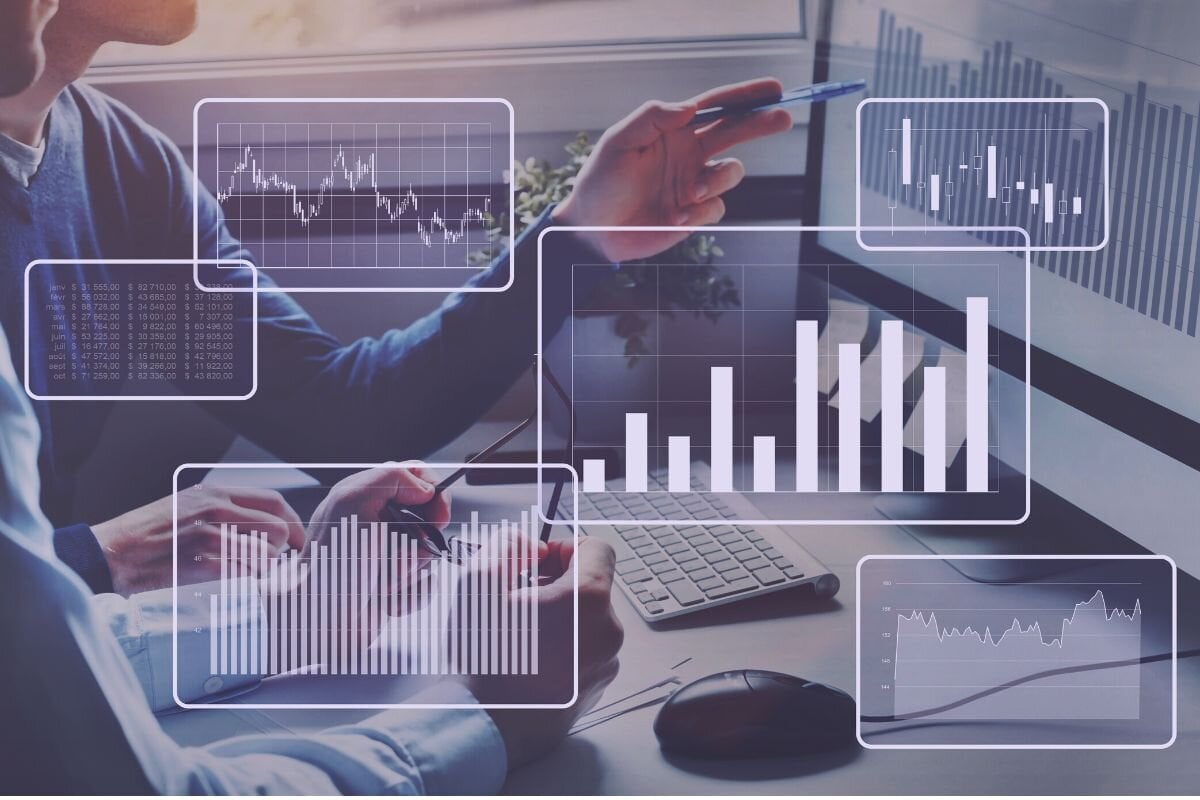The Problem
The final stage in the product lifecycle is ongoing reporting and monitoring of how a particular product is performing. There are two types of reporting that banks have to grapple with - commercial reporting (how a product is contributing to a bank’s profit and loss account) and annual product reviews (to satisfy regulatory requirements). Both types are bound by the same challenge: reporting is not realtime, so by the time the report is produced and delivered, it is already out of date.
Banks also need to monitor the data generated by a product for opportunities and threats. That could be opportunities such as new markets or product ideas, or spotting potential risks by analyzing usage trends and forecasting any shifts in expected revenues.
Fraud prevention is also an area where banks currently struggle to find an appropriate balance. Sometimes they are too stringent and block transactions when they shouldn’t, frustrating customers. Other times they are too lax, allowing fraudulent transactions to be processed. Not only can that damage customer trust but it can also result in regulatory censure, including large fines.
As well as that internal monitoring, banks also need to do a better job at external market monitoring around customer behavior, recognizing that banks operate within a broader ecosystem and therefore that customers may be using different products from different providers.
At the moment all of this is hindered by speed. Even though changing customer trends are being identified, banks are not always able to respond fast enough to keep pace with competitors - be it more digitally-savvy peers or neobanks. Currently, traditional banks will kick off a development program and then maybe as many as two years later, deliver it - bringing them to parity with where their more advanced competitors were two years ago.
Meantime, those competitors will already have moved on, and because switching banks is now easier than ever, their customers may have moved on with them.
In that context, banks need to be able to offer products that are compelling to customers today - not something they could already access with another provider two years ago.
The Solution
Applying technology to solve these pain points can help banks make more informed decisions around financial product design, launch plans, migrating customers to new products and even marketing. Dashboards can provide fast and easy-to-digest analytics and insights for each live product, which can then be piped back into the ‘idea’ stage of the product lifecycle, creating a continuous feedback loop that can help banks innovate and build even better products and services.
Such technology allows banks to respond more rapidly to changing market conditions or issues with their existing products, potentially enabling product managers to fix problems or launch products on the go.
The Customer Benefit
Reporting and monitoring tools not only help banks learn more about their products, they can also provide customers with more personalized insights around their spending and finances, helping them to make better financial decisions.
This article is an extract from our whitepaper "Supercharging your product lifecycle". To read on, please download the full whitepaper via the button below.


.png)
